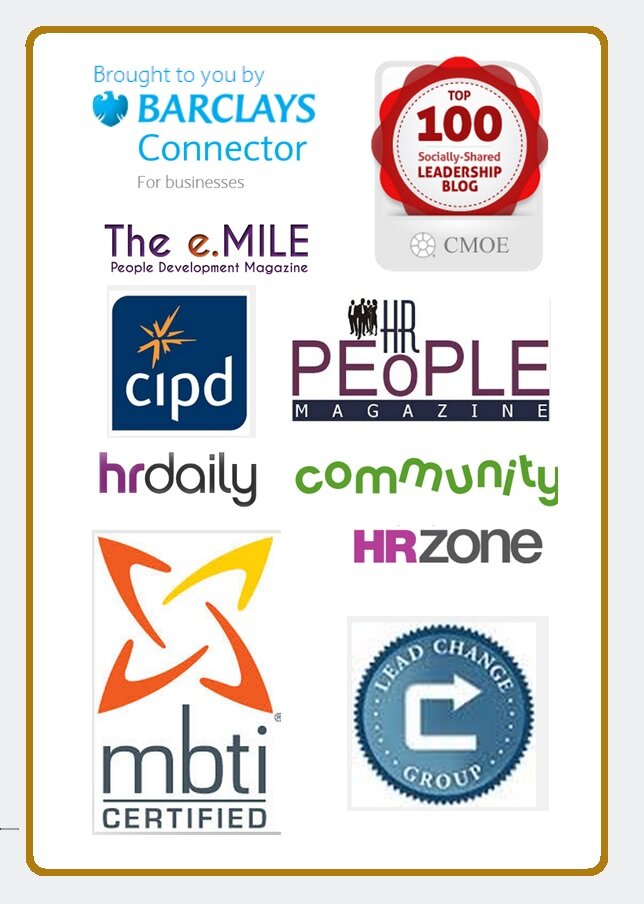The effectiveness or not of some leaders Interpersonal skills often seem to be intrinsically linked to their personality or character.
I often wonder if it’s because people think these skills are an unchangeable character trait that they aren’t given the priority they should in organisations. A question I see again and again is: Are soft skills really hard skills? Less than effective personality, or character traits, of leaders, can be viewed as an irrevocable package deal, where changing is difficult, if not impossible, if the belief is that the leader was born with them and cannot be helped. Less than effective traits, are particularly damaging when they affect the leader or manager’s interpersonal skills. If an alien was coming from outer space, surely they would ask us why we put leaders and managers in positions of leading people when they don’t have well-honed interpersonal skills. Seems mad doesn’t it? But it is exactly what we do in many cases. Sometimes it’s because the leader was good at their specialism, or it’s because there’s been a re-organisation and there was nowhere else to go; or perhaps they’ve been in the position for a long time and it’s easier to do nothing, because of the old chestnut “that’s how we do things around here”. It’s not an ideal world and sometimes people are appointed into roles other than for the only reason they should be there, which is because they have all of the skills needed to do the job and therefore are able to make a difference. Recruiting or maintaining roles where leaders or managers don’t have the right interpersonal skills isn’t inherently wrong. Doing nothing about it though is simply neglectful. In Research reported by John Tierney in the New York Times in January, it was shown that generally people don’t believe they will change. Apparently, much of this belief is adopted because of either a lack of vision of what the future might hold, or from an over-optimistic self-concept that they are the best they are right now. If your organisation has leaders who have character traits which limit their effectiveness, credibility or relationships at work, then perhaps the road less travelled, that soft (hard) skills route, is what is needed. In my own journey from junior manager many years ago, I have changed so much its scary. I look back at those early days and it’s hard to believe it’s the same life. What I did learn on the way though is that interpersonal skills can and should be developed and prioritised in any organisation. The most significant changes came for me when I learned and was able to use the following three interpersonal skills. These were hard lessons for me, and one’s which I had to learn because frankly my default position simply didn’t get the results I wanted, which was a happy, motivated and inspired team.
I see it all around me, and I still am guilty of lacking in this particular interpersonal skill sometimes. Awareness is no guarantee of change, you have to practice hard to change long formed habits. As leaders, we can be so busy getting things done, as people; we get so caught up in our own story that we forget the impact we are having on others, as parents, we are so busy protecting our children, we forget we can inadvertently invoke feelings of “wrongness”. When we feel justified communicating with a lack of concern for others who are on the receiving end of what we say, we have lost this skill, when we react with anger to someone who has said something in all innocence, we have lost this skill. When we are fearful, impatient, annoyed, or just being thoughtless, we can communicate in a way which dishonours others. Although some of the characteristics of what we commonly call empathy are in play here, empathy tends to be responsive to others and how they feel already. This interpersonal skill is about our impact on others.
We make all sorts of stories and assumptions in our minds about what we see out there. I remember a manager in my team, when describing a woman who was borderline in terms of her performance, said she was lazy. I asked him how he had come to that conclusion and he told me it was because she didn’t put as much effort in as others. Well factually that might have been true, but it didn’t necessarily follow that the employee was lazy. Recently, a teacher who didn’t know my son’s background concluded he was lazy because he hadn’t done the work he needed to do in a particular subject, she had drawn her own conclusion about him because she hadn’t actually asked him what the problem was. If the employee doesn’t come into work, is unhappy, doesn’t work hard enough, works 24/7 or always volunteers. We make judgments about them. “They don’t care”, “aren’t engaged”, or they are our “life-savers”, or “paragons of virtue”. The truth is, and the truth we need to own, is we are gathering information constantly, and when we interpret the information it becomes our next instalment. Owning your truth starts with saying. “I can see that this is/isn’t being done. Why is that?” or “I feel really angry, and I need to understand why I can’t deal with this poor performance in an emotionally free, assertive way”.
Everyone sees things differently. Even when you think you have reached the most watertight and consensual decision, there will be somewhere a slight difference in perception. Developing the skills to see things from many different perspectives can be powerful and effective. In order to do this easily, an understanding of personality types and the characteristics of each type is useful. Once you get good at this, the first two interpersonal skills mentioned above become clearer and difficult to avoid. The truth is, we never know what anyone else is thinking, their reasons for doing (or not doing) anything, what their preferences are, or why we might not agree. All we can do is try to see a situation from as many perspectives as possible. Of course De Bono’s “6 thinking hats” is a version of this although often the concept can be confined to the boardroom, when the skill is useful in most situations. |
Come find more about Leadership Development and our Great MILE Community (Motivate, Inspire, Lead and Engage). We love connecting with like-minded people, and we want to help you either get your message out, or you can search the directory for the expertise you need.
| Christina has managed people for twenty seven years and led hugely successful teams. She has worked with people at all levels in various organisations to help them achieve their potential, and she has been actively involved in the learning and development field in a number of different roles.People Discovery is a Leadership Development coaching consultancy, based in North East England, working globally. The MILE Community is a networking, sharing and business directory for people who know “there must be a better way”By Christina LattimerFollow us on |
If you are a leader, you are continually developing and "Sharpening the Saw". If you lead and manage teams, then you must read about our Inspirational New Leadership Programme. Sign up now to find out more details when we launch in July 2014. There is no obligation to undertake the programme, if you sign up today, you will simply be sent more information about the programme. You can unsubscribe at any time! Click below to register for further information.




